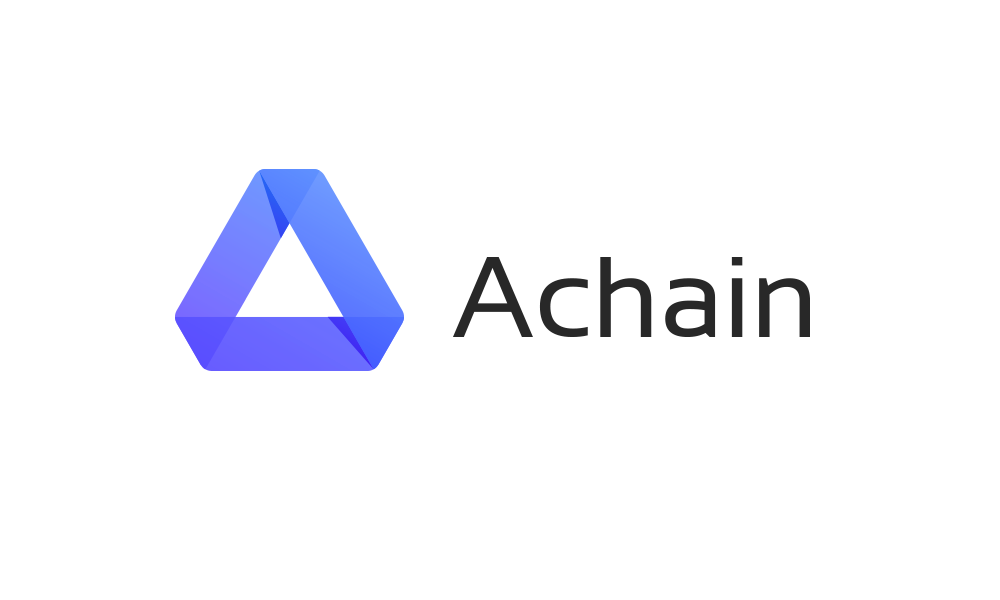When it comes to projects embracing smart contract technology, there is quite a lot of competition in the marketplace. Achain hopes to make a positive impact in this area over the next few years. The platform is designed to build a boundless blockchain reality, which sounds rather ambitious.
Why was Achain Created?
The Achain team decided to create a new public blockchain platform to let developers issue tokens, smart contracts, dApps, and blockchain systems. Although most of this functionality can be found in Ethereum, that particular ecosystem isn’t capable of scaling properly at this time. Achain, on the other hand, is built from the ground up with scalability in mind, as it aims to become a global blockchain network for both information exchange and value transactions.
What’s under the hood?
A global blockchain network on the scale of Achain will need some powerful technology to make it appealing. First of all, there is the smart contract component. With a modular design in mind, there will be a sandbox environment to automatically test and monitor the environment where new contracts operate. Consequently, developers will be able to ensure the stability of their code without deploying it on the Achain main net directly.
Additionally, unlike most other public blockchain systems, there is no need for Achain users to download the entire blockchain. Once they install this wallet – on their PC, Mac, or mobile device – they can start participating in the ecosystem right away. This may sound like it should be a normal aspect of blockchain technology-based platforms, but that is not necessarily the case for most projects. The Achain team wants to make everything as convenient as possible for developers and companies.
Last but not least, Achain boasts a throughput of 1,000 transactions per second. This is not the highest number we have seen for a public blockchain, yet it does indicate there may be future improvements on the horizon. It is also cross-platform, which will be of great interest to a lot of developers. Moreover, its blockchain-as-a-service approach may allow Achain to rival other BaaS projects in the industry today.
What About the ACT Token?
There is no public or private blockchain ecosystem which doesn’t have its own native currency or token these days. Achain is no different in this regard, as its ACT token holds the value of the ecosystem. Holders of ACT will gain access to all basic blockchain services. Additionally, token holders have the ability to get involved with community events, delegate voting agents, get profits, etc. It offers quite a few benefits, even though its value may not necessarily appreciate all that much.
What’s Next for Achain?
As things stand now, there is still a ton of work to be done for Achain. Its modular smart contract-based sandbox environment is being implemented as we speak and should be ready for use shortly. Later this year, we will see the blockchain-as-a-service scalable network, followed by a proper interconnected network in early 2019. It remains to be seen if interest in ACT will increase in the meantime, but for now, it seems a bit unlikely.

